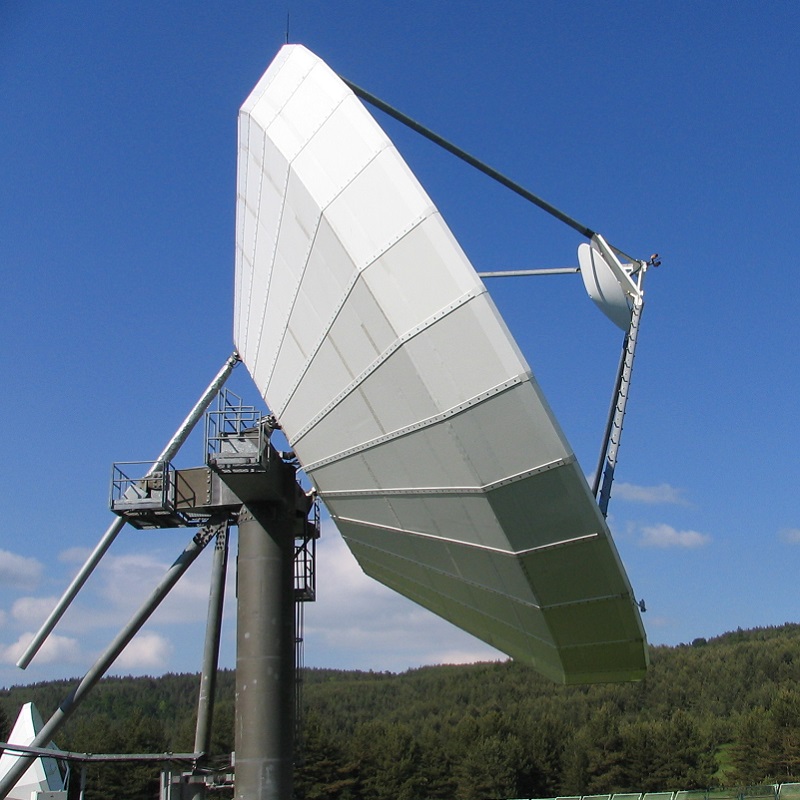
One relatively recent innovation that is changing the network resilience playing field is SD-WAN. Why is SD-WAN such a notable connectivity gamechanger? In a nutshell, it significantly reduces your risk of downtime and maximises your bandwidth investments. And, as we all know, unexpected downtime can be an exceptionally costly affair. But to really understand the importance of SD-WAN for businesses, we need to dig a little deeper.
What is SD-WAN and how does it work?
SD-WAN is an acronym for ‘Software-Defined Wide Area Network’. In technical terms, SD-WAN is a Layer 3 Network. In laymen’s terms, this means it is a network solution that can sit on top of another network, and in the case of SD-WAN this can be virtually any type of internet connection available.
The ability to bond services is particularly attractive if you have access to multiple connections such as a Multiprotocol label switching (MPLS) networks, business fibre, fixed wireless, NBN, 3/4G or satellite.
SD-WAN uses software to control the connectivity, management and stability of applications between remote sites, headquarters, data centres or the cloud. As a result of this management, in the event of your primary connection failing, rather than having to manually switch to a backup connection, SD-WAN manages the redundancy for you, seamlessly switching to the backup connection without downtime.
“MPLS networks have been part of enterprise connectivity for a long time. They are problematic because of the reliance on a single service provider. If you have multiple sites, or geo-remote sites, you would have to find a provider with the right infrastructure in every operational location,” says John Soden, SD-WAN Solutions Specialist, Fusion Broadband.
This would typically raise two issues:
- Very limited connectivity options for those operating in geo-remote locations; and
- Very high setup and ongoing operational costs.
Enter SD-WAN. The technology enables customers to create their ideal WAN, built on the best available connectivity options at each site independently, with any existing technology and service.
“With SD-WAN, a customer can have a primary connection to the NBN at one site, fibre at another and satellite at another and then both NBN satellite and Orion satellite as a backup. They can also blend their available bandwidth to increase their connectivity performance,” explains John.
“In the case of a failure of one of the services, the customer experiences no outage whatsoever, ensuring unparalleled uptime and business continuity,” continues John.
The many benefits of SD-WAN
In addition to shoring up your network resilience, SD-WAN offers considerable positives to connectivity users:
- Maintain IP Address: Change the underlying connectivity type without losing your IP address
- Bandwidth aggregation: Aggregate your services to benefit from increased bandwidth with included Compression and TCP Acceleration technology to further enhance throughput
- Instant failover: Failover instantly and maintain your static IP during a failover event
- Simplified pricing: Make considerable cost savings by switching to Orion’s SD-WAN, with a simple ‘per site’ pricing model and no additional charges or restrictions on throughput.
- Improved security: SD-WAN customers benefit from Military grade encryption, Anti-Spam services and the ability to host or integrate with any firewall vendor of choice.
- Flexible routing: Route your internet via Orion, via a firewall in your head office, via a cloud hosted firewall or even have multiple gateways to ensure low latency for national/global deployments.
In fact, the benefits of SD-WAN are so significant that Orion are planning to roll out the technology to all existing customers who want increased SLAs around maintaining uptime.
“At the moment, SD-WAN is not highly adopted amongst organisations requiring critical connectivity or geo-remote technology. We see SD-WAN as a major opportunity to level up connectivity experience and provide stronger network resilience,” says Tony Armstrong, Head of Product at Orion.
One of the reasons for this push is that the SLAs for both the underlying technology and the SD-WAN can be combined to improve an organisation’s risk management.
A word of warning – always read the label!
John and the team at Fusion Broadband were, to their knowledge, the first provider of SD-WAN solutions in Australia back in 2009. With the technology becoming increasingly popular, many providers are jumping on the bandwagon, but the SD-WAN goods they peddle are not always what they claim to be.
“There are a lot of people out there, firewall vendors in particular, claiming to provide SD-WAN solutions but they are not all created equally. Many are providing little more than a VPN replacement as opposed to a fully routed SD-WAN network built to be the next generation replacement to an MPLS network,” says John.
“Orion is taking a fresh and flexible approach to SD-WAN by either providing it as a bolt on to an existing MPLS or replacing it entirely. By taking this open approach, Orion can build a customer’s network utilising the technology that will work best for them. It really sets them apart,” continues John.
Ready to level up your network resilience?
Cost is often a barrier to new technology, however Orion’s SD-WAN solution is designed to be flexible. This allows customers to choose the product that best suits their needs, instead of having to adapt to an off-the-shelf, one-size-fits-all solution.
The outcome of this flexible, and in-depth approach is a simple price structure based on the service needed.
If you are curious about how your organisation might benefit from SD-WAN, or you want to know more about the breadth of connectivity and satellite technology available, download our user-friendly guide to connectivity technology today.